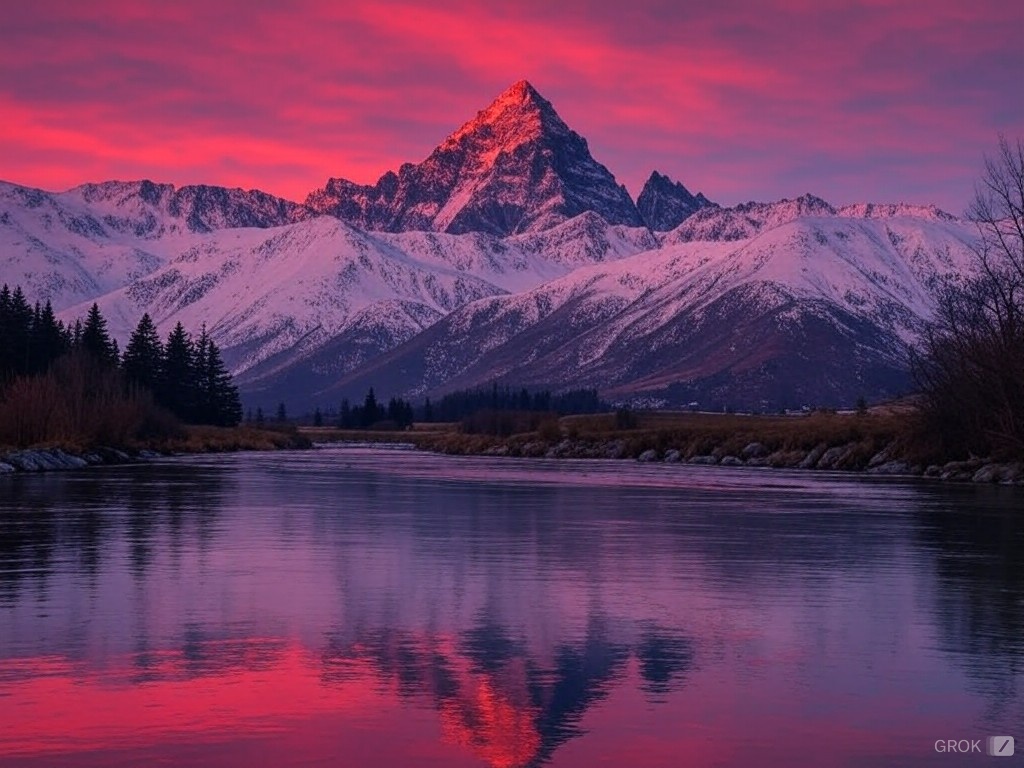Oh, Unity! That versatile powerhouse we’ve come to rely on when it comes to game development. Ever caught yourself staring at a game’s terrain, wondering how those vast mountains and valleys were crafted? You’re not alone! Creating compelling terrain in Unity can be both fascinating and, let’s admit it, a bit intimidating. But hey, isn’t that the fun of game design?
Contents
Getting Your Hands Dirty with Terrain Editor
Unity’s Terrain Editor is your playground. It’s like that giant box of LEGO you had as a kid, but for creating worlds. The first time I opened Terrain Editor, I felt overwhelmed. All those tools and possibilities! But, you know, the magic begins once you start experimenting. Raise here, lower there, a bit of smoothing, and suddenly, you’re sculpting landscapes worthy of any adventurer’s dream.
Why Care About Good Terrain?
Well, let me ask you – what’s an adventure game without its terrain? Flat, both figuratively and literally! Good terrain does more than please the eye; it shapes the gameplay. It challenges players, hides secrets, and even tells stories of its own. Ever got that eerie feeling while walking through a dark, dense forest in a game? That’s good terrain design at work, my friend!
Now, Unity offers tools like the Terrain Toolkit or even third-party assets that can automate some of the grunt work. These can be lifesavers, especially when deadlines loom, and you’ve got more terrain than you have time. Oops, went a bit off the rails there – back on topic!
Textures and Details — Bring Your World to Life!
Creating the shape is one thing, but the devil, as they say, is in the details. Texturing in Unity can be as simple or complex as you make it. Start basic; apply broad textures and see how they blend. After that, dive into layering more specific details. The blend of rock and grass under a cliff’s edge, or a sandy path that winds through a forest, it’s these little touches that make a huge difference.
One of my personal tricks? Use a slightly unexpected texture to add mystery. Why is there sandy soil on the top of this mountain? Did it use to be under the sea? Such choices can provoke curiosity and speculation, which adds layers to your game (no pun intended, I promise).
Trees, Foliage, and the Illusion of Life
Nothing says ‘alive’ like a bit of green, right? Unity’s tree and foliage systems are not just about dragging and dropping (although, sure, you can do it that way if you must). Placement matters. Think about how natural forests grow – there’s randomness, but also a sort of order. Clusters of trees, with younger ones around the edges, perhaps? And don’t get me started on lighting. Getting the light to filter through the trees just right—ah, pure bliss!
But, I digress. You can create incredible atmospheres just by paying attention to how you place your natural elements. It’s like being a director in your own nature documentary. And you know, sometimes less is more. A solitary tree on a hill can be more dramatic than a dense forest, depending on the story you’re telling.
I hope you’re finding this exciting—because it is! I got into game level design because I loved the idea of crafting worlds from scratch. And I’m here to help if this seems daunting. You might stray off course now and then (like I just did with this conversation!), but remember it’s all part of the creative process.
So, feeling inspired? Or maybe just curiously overwhelmed? Feel free to hit me up at [email protected]. Let’s bring your game level designs to life together!
